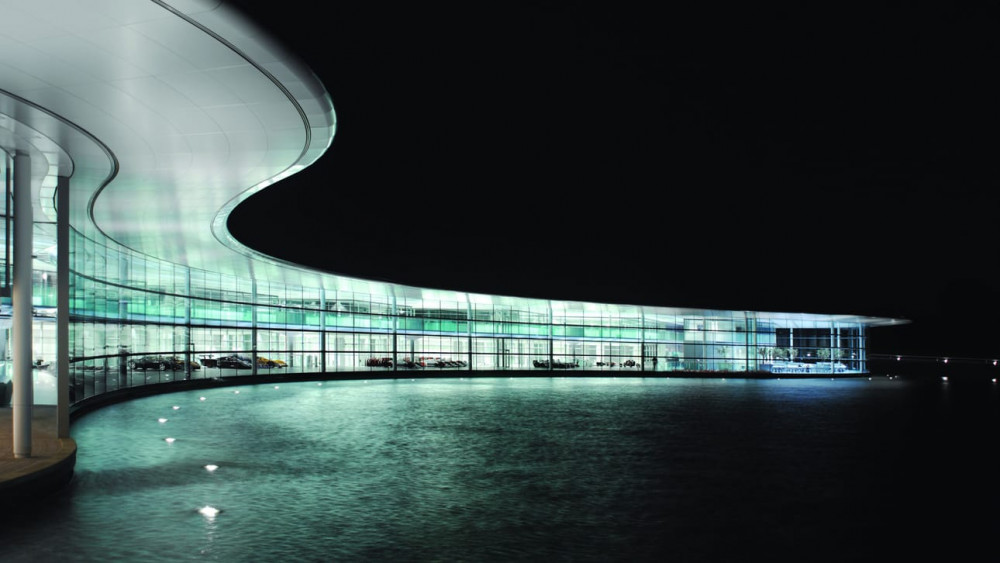When you think of cutting-edge motorsport technology, you might just assume that it starts and finishes with Formula One.
But what if I told you that groups of University students are designing and building cars that in many ways are more innovative than the pinnacle of motorsport?
This is Formula Student, a worldwide collaborative MSc Eng qualification where students design, build and race their cars. In today’s video, I take a look at what Formula Student is and why, for so many reasons, it’s such a vibrant, innovative and important part of the Motorsport industry.
These student-built machines might look like go-karts with wings, but the cars are significantly more complex than this. They're fast, and packed with the advanced engineering ideas that students develop for their MSc.
Weighing just 245 kg, Formula Student cars can pull up to 2.5G in the corners, and are powered by four electric motors. A team recently managed to take their car from 0 to 60 mph in less than a second. That’s more than quick enough to make the unprepared driver feel a bit unwell.
I recently had the honour of visiting Oxford Brookes University to take a close look at their Formula Student car. I wanted to understand why these cars look the way they do, and what kind of mad scientist tech makes them so fast.
The (4 Motor) Powertrain
The Oxford Brookes car has four “small” motors driving each wheel. Each of the motors weighs only around 3kg each and they're sat inside the wheels

The system that deals with the combined 100+ Nm of torque output is called torque vectoring. Imagine you're turning left – the system can accelerate the right side wheels and decelerate the left side. This intervention keeps the transfer of energy to the tarmac as efficient as possible while minimising slip angle.
Aerodynamics
These cars are designed for tight, twisty circuits where top speed isn't as crucial as cornering grip. So, the objective is to achieve high downforce levels at a broad range of speeds.
The side wings do a similar job to the floor and diffuser on an F1 car, creating Venturi tunnels that suck the car and tyres into the track.

All of the aero features found on the FS car aren’t just copied and pasted from F1. The teams use computational fluid dynamics (CFD) to test and refine their designs. It’s cutting-edge work, the students are developing the kind of skills that make aerospace companies sit up and take notice.
Suspension
The suspension on these cars is a masterclass in compact design. They're running a double wishbone push rod setup, similar to what you'd find on an F1 car. But, everything is scaled down, which of course means that chassis dynamics and suspension design is unique to the cars entered.

The teams even use four-poster rigs to simulate track conditions and fine-tune their setups.

This is precisely the kind of attention to detail you find in a top-tier racing manufacturers, making Formula Student a serious entry point into Motorsport.
The Future of Motorsport Engineering
The interesting thing about Formula Student is that it's not just a competition. Formula student makes motorsport engineers!
The students working on these cars are tackling the same kind of problems you'd find in F1, the WEC, or Formula E. They're working in a cutting edge space, pushing the boundaries of what's possible, and doing it all on a set budget.

Electric powertrains, advanced control systems, aerodynamics, lightweight construction – these are the skills that will shape the vehicles of tomorrow, whether they're racing around a track, driving us to work or flying us abroad.
If you’re keen to learn more about Formula Student, here are some useful links:




